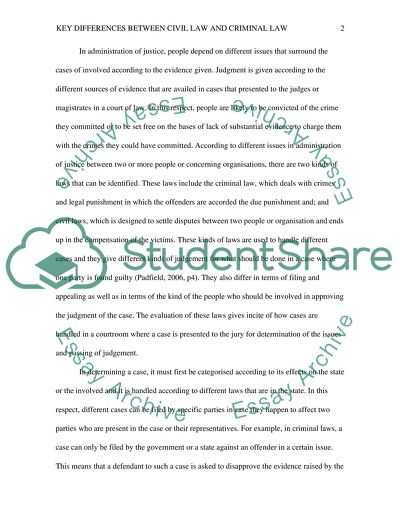Cite this document
(“Key Differences Between Civil Law And Criminal Law Essay”, n.d.)
Retrieved from https://studentshare.org/law/1480448-what-are-the-key-differences-between-civil-law-and
Retrieved from https://studentshare.org/law/1480448-what-are-the-key-differences-between-civil-law-and
(Key Differences Between Civil Law And Criminal Law Essay)
https://studentshare.org/law/1480448-what-are-the-key-differences-between-civil-law-and.
https://studentshare.org/law/1480448-what-are-the-key-differences-between-civil-law-and.
“Key Differences Between Civil Law And Criminal Law Essay”, n.d. https://studentshare.org/law/1480448-what-are-the-key-differences-between-civil-law-and.


